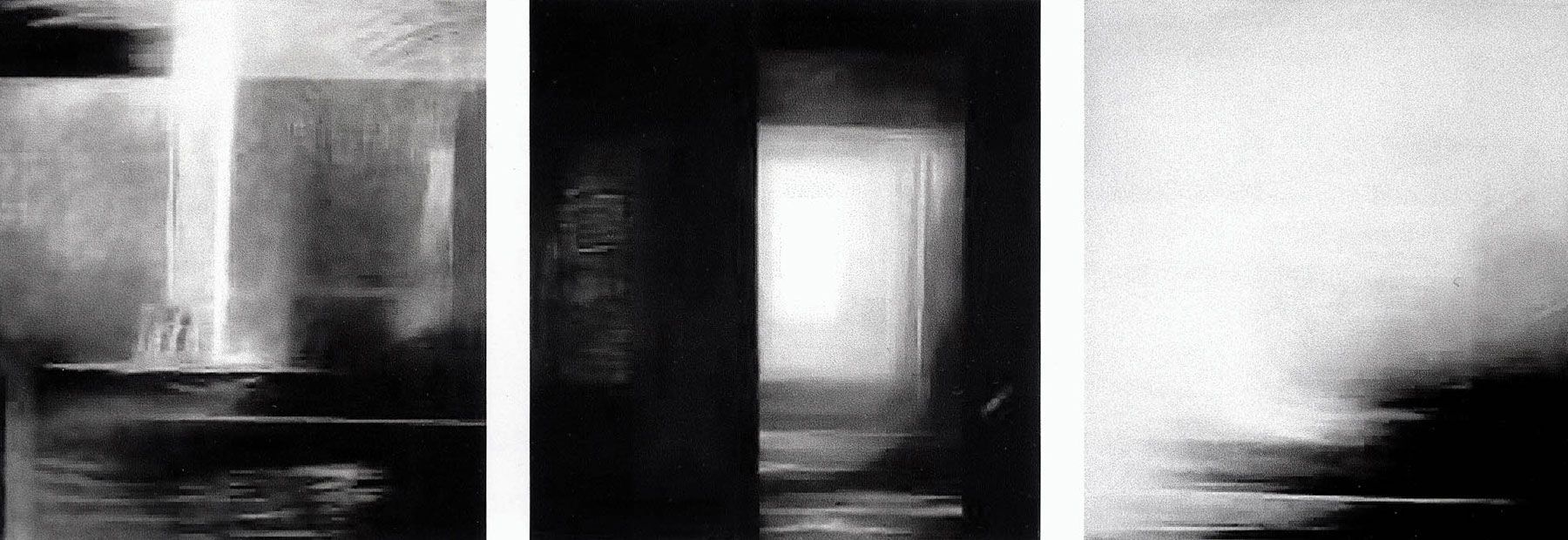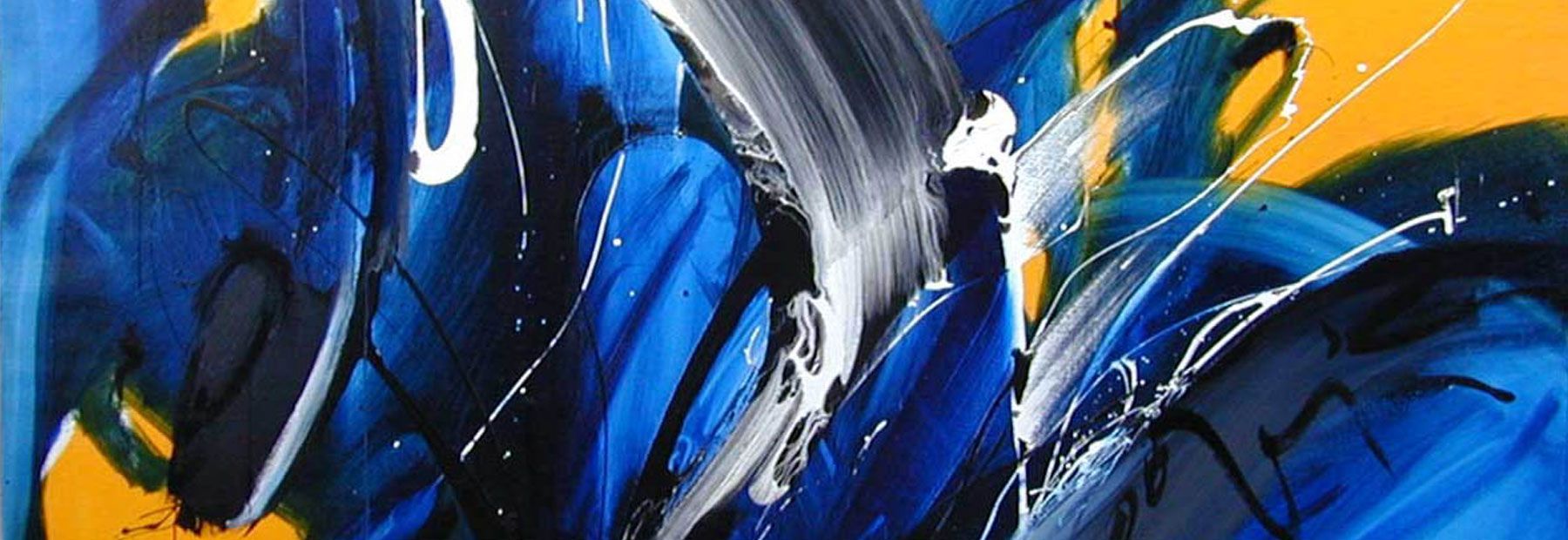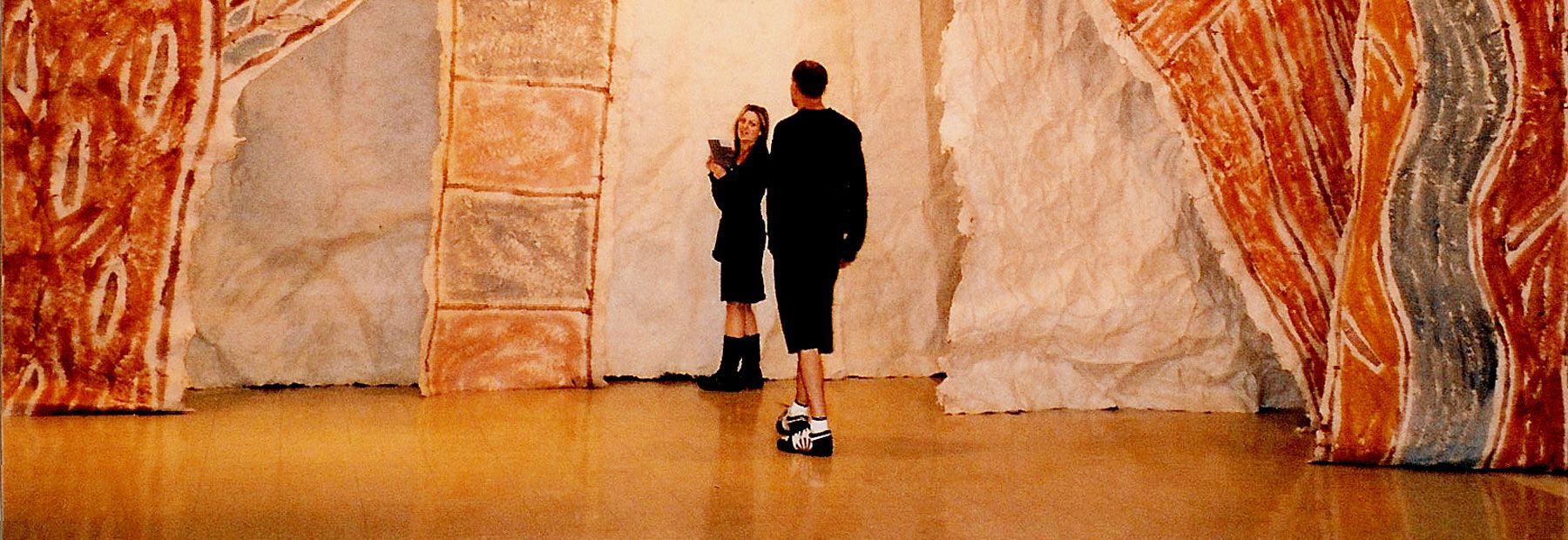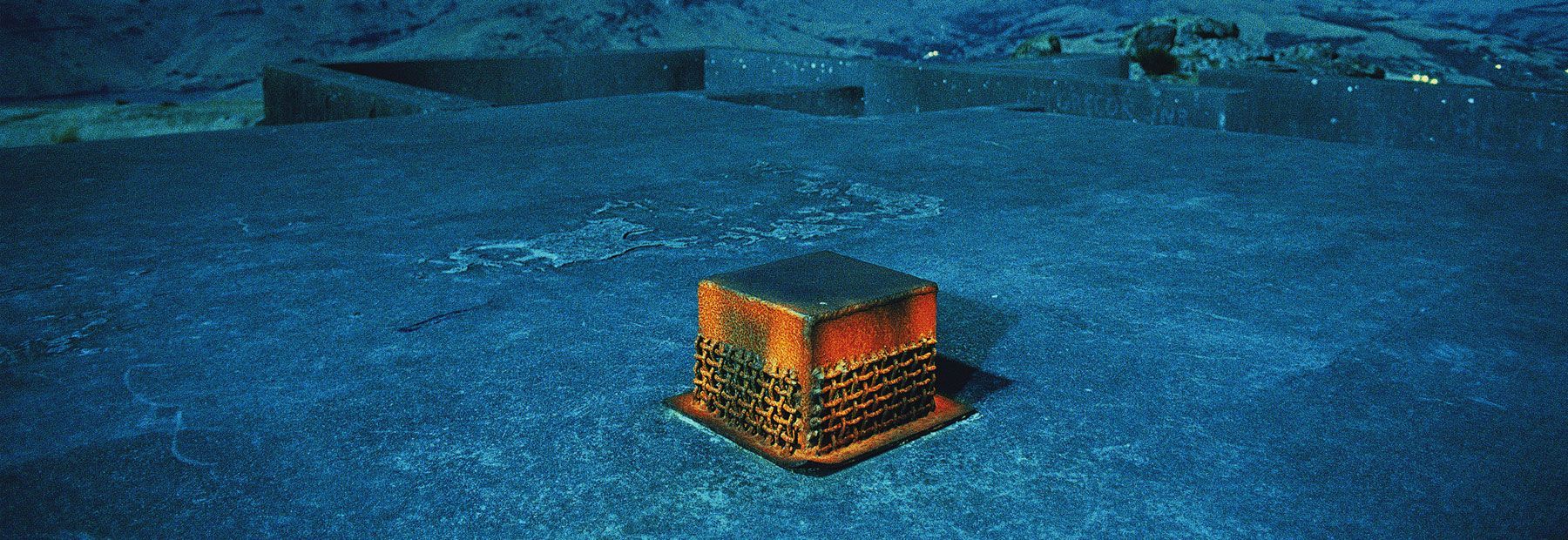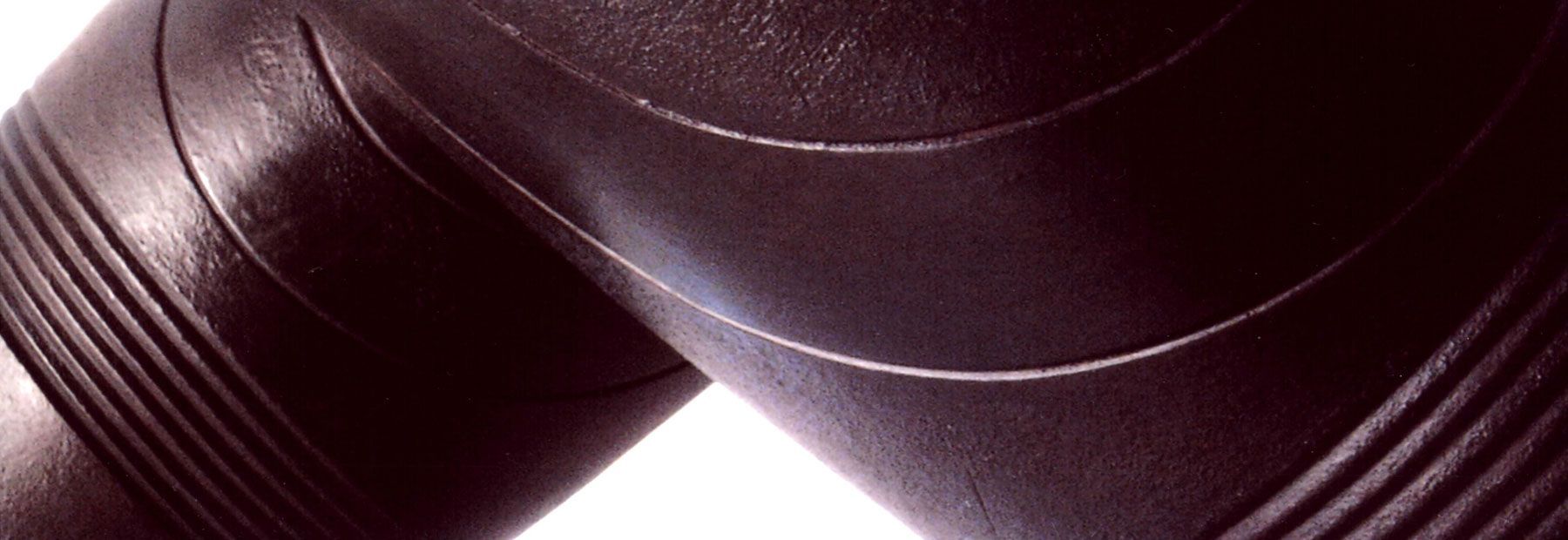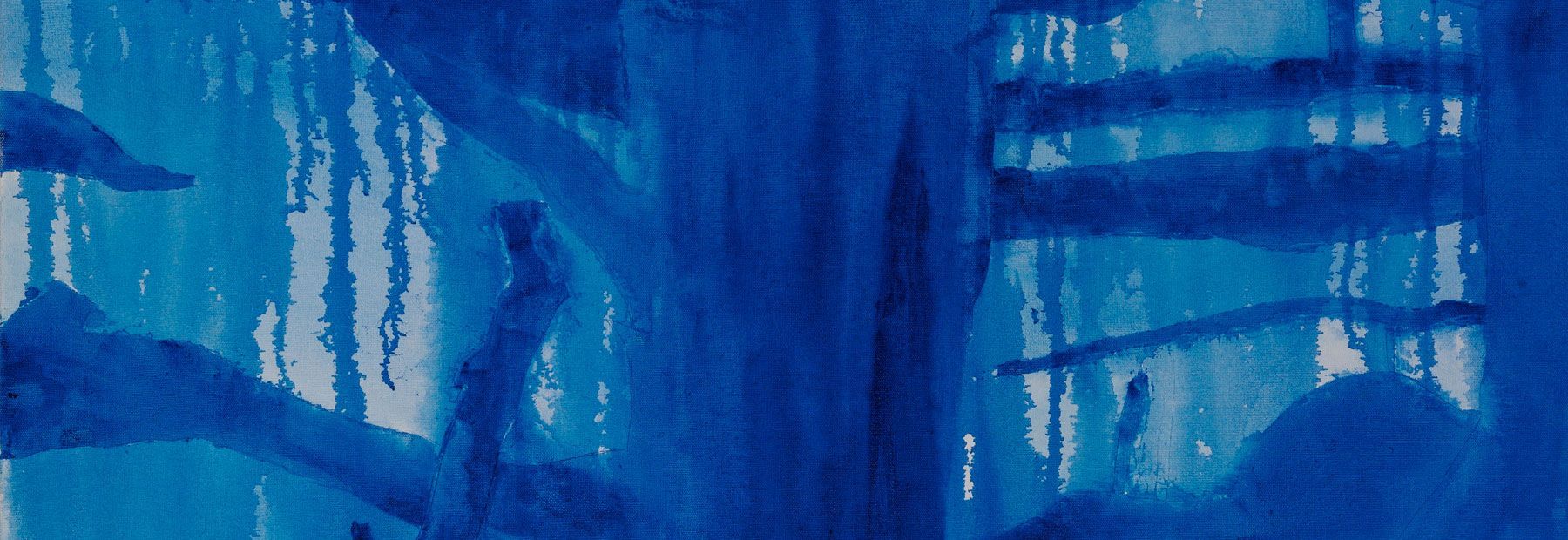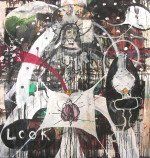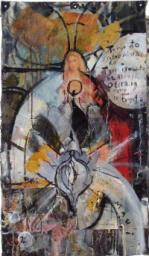Pathos
A review of Brett A’Court's recent exhibition.
Satellite Gallery, Auckland
5 May - 16 May 2009
The Missing Peace
... Think about things that are excellent and worthy of praise. ...and the God of peace will be with you. Philippians 4:8-9
At close quarters Brett A’Court’s paintings are often provocative and crude. 'Pathos' is a show of paintings with jutting strokes, familiar yet subversive use of religious imagery, and patchwork surfaces. The seductive layers of impasto paint and gold leaf reinforce the strength and lineage of New Zealand painting of which A’Court is now a part. Connections can be seen within the works to Colin McCahon, Wilhem de Kooning, and Francis Bacon.
His marks are energetic and gestural as they radiate out from the stillness of Christ or the Virgin Mary’s face. These faces are the stillest point of the works – a fulcrum, through which a vital power is exercised. In the eye of the storm, surrounded by tarnished halos and a plethora of religious symbolism and explicit sexual references, the monstrous feminine is evoked on a par with de Kooning’s misogynistic 'Women' series from the 1950s.
A’Court represents within these paintings a faith adrift, buffeted and undermined by the doubt and exhaustion of the post modern condition. Here the Virgin is transformed through reference to Maori myth into a Goddess of the underworld, Hindu and other world religions collide with Christ, arrows literally compare deities. Particularly effective is A’Court’s use of the outlined off-white lines which represent the body and arms of these central figures: wings, white lines encircle, creating a literal symbol for infinity or perhaps the grasping, flaying arms of the damned.
A’Court’s goal is not to dismiss post-modern culture out-of-hand as immoral or off-limits. He is a painter who mixes mental anguish with the spiritual; high art with low art; painterly processes with Wikipedia prints. How well this juxtaposition works is at the heart of the show.
A’Court’s paintings are in transit to a clearer stance, there is a sense of appropriated territory, a channel-flicking quality. In a hunt for peace Brett A’Court’s paintings reflect the pathos, panic and pledge to keep searching despite already knowing some of the answers.
His use of ‘core’ imagery (once the territory of pornographers for exploitation and early feminist artists for empowerment) highlighted the confused and symbolically overloaded character of the works in 'Pathos'. It is comparable to the 1998 works by Tania Kovat and Chris Ofili. Kovat’s statue of the Virgin Mary sheathed in a condom stirred up controversy at Te Papa’s opening and Ofili’s Turner prize-winning painting of the Virgin on top of a collage of porn, resting on a stand of elephant dung added to post-modern narratives on culture, gender, feminism, post-colonialism and religious cultural upbringing. Whereas A’Court’s use of ‘core’ imagery on top of the body of Christ left me numb, he lacks the mandate these artists base their ideas on. What layer he has added to New Zealand narrative on culture, art or Christian debate through the use of this imagery has yet to be determined.
Reviewed and written by Esther Hansen.


